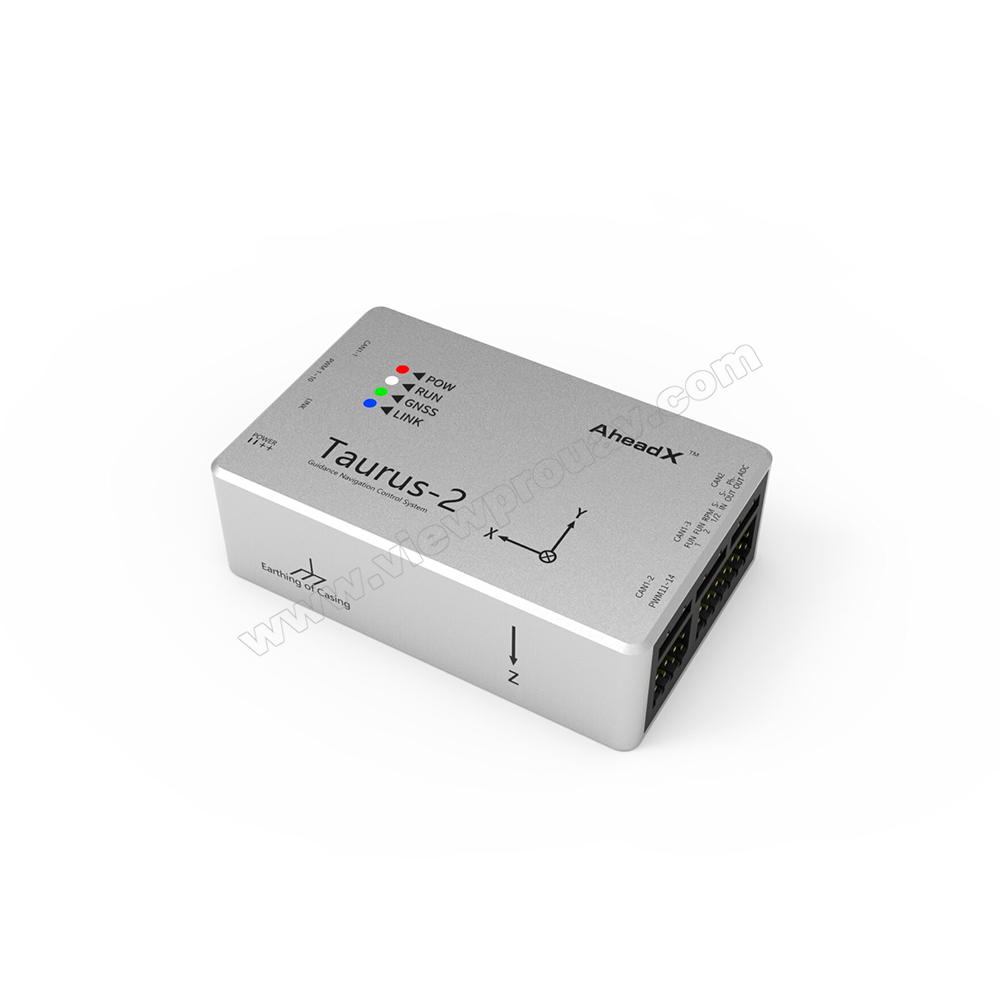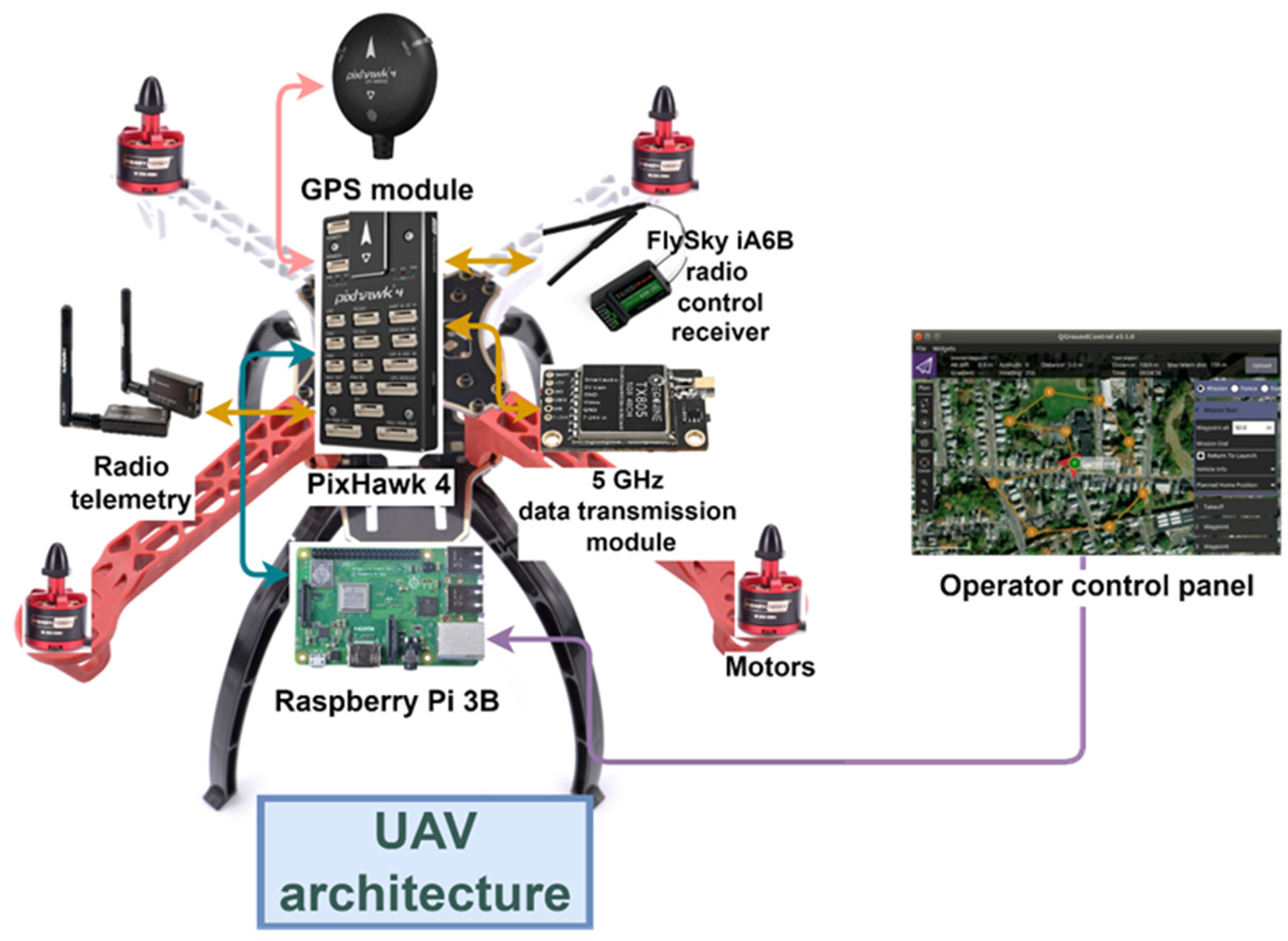SparkNavi Drone Flight Controller and GNSS/INS Made in Taiwan: Blazing A Trail in Drone Modern Technology
SparkNavi Drone Flight Controller and GNSS/INS Made in Taiwan: Blazing A Trail in Drone Modern Technology
Blog Article
Comprehending the Necessary Functions and Features of a Drone Flight Controller for Optimum Aerial Performance
The flight controller works as the critical part in a drone's style, managing its movements and guaranteeing security through an advanced interplay of sensors and information processing. Understanding the crucial features and features of these controllers is vital for taking full advantage of aerial performance, as they determine not just navigational precision yet additionally general security and integrity. With innovations in technology, the landscape of flight controllers is rapidly developing, prompting a better evaluation of what really specifies optimal capability in this vital system. What implications do these developments hold for both enthusiasts and experts in the area?
Overview of Flight Controllers
When discovering the globe of drone modern technology, comprehending trip controllers is vital for both specialists and enthusiasts alike. Trip controllers function as the mind of the drone, orchestrating its activities and guaranteeing stability during trip (SparkNavi drone flight controller and GNSS/INS made in taiwan). They refine data from numerous sensing units, consisting of barometers, accelerometers, and gyroscopes, to preserve equilibrium and respond to pilot inputs successfully
The design of trip controllers can differ significantly, varying from standard variations developed for entry-level drones to sophisticated systems geared up with innovative attributes for professional applications. The combination of GPS abilities allows precise navigating and positioning, while programmable firmware enables customers to customize flight qualities to fit their specific requirements.
In addition, trip controllers are essential in helping with interaction in between the drone and the push-button control, enabling real-time adjustments and telemetry information transmission. Recognizing the different sorts of flight controllers, consisting of multi-rotor, fixed-wing, and crossbreed systems, is important for selecting the suitable version for a provided application. Inevitably, an extensive understanding of trip controllers not only boosts the flying experience yet additionally takes full advantage of the performance and safety of drone procedures.
Key Features of Trip Controllers
Trip controllers play a crucial duty in managing a drone's flight dynamics by performing numerous essential features that ensure security and responsiveness. One of the key features is the stabilization of the drone's orientation and elevation. This is attained through the integration of various sensing units, consisting of measures, accelerometers, and gyroscopes, which continuously keep an eye on the drone's position and activity.
.png)
An additional necessary feature is the handling of control inputs from the pilot or independent systems. The flight controller interprets these inputs and adjusts the drone's electric motor speeds as necessary to achieve the wanted flight course. This consists of handling yaw, pitch, and roll, which are essential for ability to move.
Furthermore, flight controllers are geared up with fail-safe devices. These functions are developed to respond to essential circumstances, such as reduced battery degrees or loss of signal, by launching predefined activities like going back to the launch factor or floating in position.

Crucial Features to Consider
When picking a drone trip controller to ensure ideal performance and reliability,Many necessary features ought to be taken right into account. One critical element is the controller's handling power, which determines its ability to take care of complex flight algorithms and real-time information processing. A greater handling capacity boosts responsiveness and stability throughout flight.
An additional important function is the variety of supported flight settings. A functional flight controller need to provide different settings, consisting of acro, elevation hold, and GPS-assisted modes, providing to different pilot skill degrees and functional situations. Additionally, the visibility of integrated safety features, such as fail-safes and geofencing, can significantly improve operational protection.
Compatibility with different communication protocols is additionally essential, as it guarantees seamless integration with other tools and peripherals, such as remote controllers and telemetry systems. The controller's firmware have to be user-friendly and frequently updated to include new functions and optimizations.
Combination With Sensing Units and Systems
A flight controller's performance is heavily influenced by its ability to integrate with different sensing units and systems. This assimilation is Clicking Here important as it makes it possible for the trip controller to get real-time information essential for reliable flight monitoring. Key sensors consist of GPS, inertial dimension systems (IMUs), measures, and magnetometers, each supplying essential details concerning the drone's positioning, altitude, and setting.

Furthermore, advanced flight controllers sustain assimilation with haul systems, including video cameras and various other sensing units, allowing enhanced performances such as autonomous navigating and challenge evasion. This interconnectedness not just boosts the drone's functional abilities however likewise expands its application prospective throughout various sectors, from aerial digital photography to farming tracking. Hence, a well-integrated flight controller is essential for achieving optimum airborne efficiency and guaranteeing the dependability of drone procedures.
Tips for Optimizing Performance
To optimize the efficiency of your drone, numerous crucial techniques can be employed that emphasis on optimizing both equipment and software program components. Make sure that the flight controller firmware is up to date.
Next, adjust your sensing units, including the accelerometer and gyroscope, to make sure precise analyses. Correct calibration reduces drift and improves trip security, especially during facility maneuvers. Furthermore, take into consideration upgrading the hardware elements, such as props and electric motors, to boost thrust and effectiveness. Top notch props can lower drag and increase trip time.
Fine-tune your flight settings, including PID (Proportional, Essential, Derivative) worths, to accomplish smooth and receptive handling. By carrying out these techniques, drone operators can considerably boost airborne efficiency, leading to a much more pleasurable and effective flying experience.
Final Thought
Finally, an extensive understanding of drone trip controllers is essential for enhancing aerial efficiency. The her explanation integration of vital features and vital features, including handling power and safety devices, directly influences the stability and maneuverability of drones. Moreover, efficient interaction with different sensors and systems plays an essential duty in accomplishing accurate navigating and functional performance. By prioritizing these elements, operators can significantly raise the efficiency and reliability of their drone systems in varied applications.
Flight controllers serve as the mind of the drone, orchestrating its movements and guaranteeing security during trip.Flight controllers play a crucial duty in handling a drone's trip dynamics by executing several crucial functions that ensure security and responsiveness. The flight controller analyzes these inputs and readjusts the drone's electric motor rates accordingly to achieve the preferred flight course.Countless vital functions must be taken right into account when choosing a drone flight controller to ensure ideal performance and dependability. Thus, a well-integrated flight controller is fundamental for achieving ideal aerial efficiency and making sure the integrity of drone procedures.
Report this page